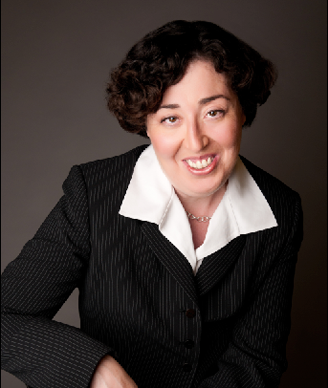Cancer Treatment Centers: Image Isn’t Everything
Through its direct mail pieces, print ads, and commercials, my treatment center positions itself as a Shangri-La where all patients bask in the sensitive and professional care of their multidisciplinary team. How very different this picture is from my regular sojourns to the nuclear medicine department in the bowels of the hospital.
Katherine O’Brien

Generally speaking, I have gone to my cancer treatment center at least once a month since being diagnosed with metastatic breast cancer in 2009. Over the past 5 years, I have had many occasions to marvel at how the center markets itself vs the way things really are.
Through its direct mail pieces, print ads, and commercials, the center positions itself as a Shangri-La where all patients bask in the sensitive and professional care of their multidisciplinary team. It is not so much a hospital setting, these materials suggest, but a luxurious spa where one floats seamlessly from one service to the next. All of the featured medical professionals and patients look unnervingly enthusiastic-as if they are moments away from jumping up and performing in a flash mob.
How very different this picture is from my regular sojourns to the nuclear medicine department in the bowels of the hospital. The waiting room is slightly bigger than the interior of a VW Beetle, and the simple act of turning a magazine page often inadvertently results in punch buggy–like interactions among my fellow inhabitants as the chairs are wedged together so tightly.
Some of the patients look nervous, some look stoic, and some are just tired. But nobody looks happy to be there-there are no joyous grins and no danger of anyone spontaneously bursting into song.
My cancer center is affiliated with a religious group-its slogan, seen on all promotional materials, is along the lines of, “We Have Faith in All We Do and You Should, Too.” In my experience, however, a more accurate motto among many of the rank-and-file employees would be, “We Pray That You Will Go Away and Stop Bothering Us.”
Consider what happens when I call my oncologist’s office. “You’ve got some nerve calling this number,” is not what the receptionist actually says. But she manages to convey that exact sentiment every time she answers the phone with her invariable, “Cancer center.” It’s only two words, but each radiates hostility and annoyance.
I recently returned a call from my oncologist-she wanted to review my scan results with me. “I’m returning Dr. Jackson-Pratt’s call,” I told the receptionist after her usual prison-matron greeting. “She left me a message.”
“Dr. Jackson-Pratt called you?” was the receptionist’s response. She said this in the same tone a White House operator might use: “The President called you?”
The financial relations department is apparently not a promotional priority for the treatment center-it is never mentioned in direct mail pieces or ads. Over the years I have come to think of the two women who staff this department as Goofus and Gallant.
I always pray Gallant will be free-she is a dedicated and competent employee, and I know she will do her best to help me. Goofus, on the other hand, does her best to redirect me to another department, the insurance company, or to any person or thing that will eliminate the need for her to do anything.
Truth in advertising does prevail, however, when it comes to my oncologist. She and many of her colleagues are fixtures on the various annual rankings of top doctors. She is smart and patient, and she inspires confidence. And that is why I am keeping the faith.